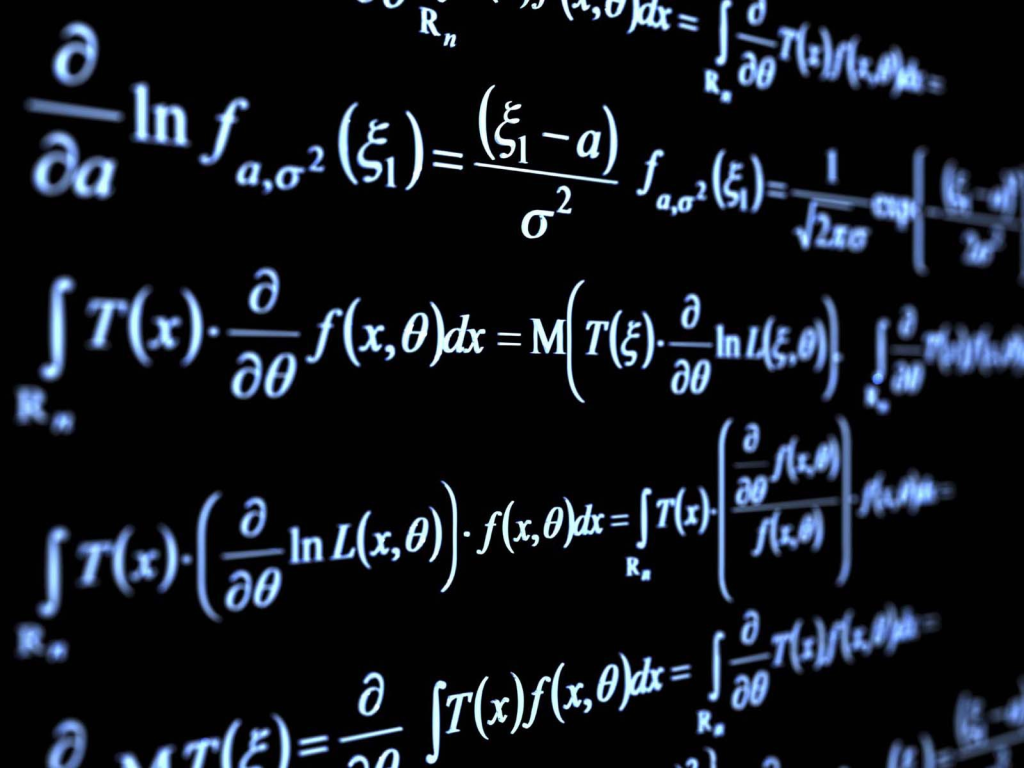155
SENIOR SIX PURE MATHEMATICS Pure mathematics is the study of mathematical concepts independently of any application outside mathematics. These concepts may originate …
SENIOR SIX PURE MATHEMATICS
Pure mathematics is the study of mathematical concepts independently of any application outside mathematics. These concepts may originate in real-world concerns, and the results obtained may later turn out to be useful for practical applications, but pure mathematicians are not primarily motivated by such applications. Instead, the appeal is attributed to the intellectual challenge and aesthetic beauty of working out the logical consequences of basic principles.

While pure mathematics has existed as an activity since at least ancient Greece, the concept was elaborated upon around the year 1900,[2] after the introduction of theories with counter-intuitive properties (such as non-Euclidean geometries and Cantor's theory of infinite sets), and the discovery of apparent paradoxes (such as continuous functions that are nowhere differentiable, and Russell's paradox). This introduced the need to renew the concept of mathematical rigor and rewrite all mathematics accordingly, with a systematic use of axiomatic methods. This led many mathematicians to focus on mathematics for its own sake, that is, pure mathematics.
Nevertheless, almost all mathematical theories remained motivated by problems coming from the real world or from less abstract mathematical theories. Also, many mathematical theories, which had seemed to be totally pure mathematics, were eventually used in applied areas, mainly physics and computer science. A famous early example is Isaac Newton's demonstration that his law of universal gravitation implied that planets move in orbits that are conic sections, geometrical curves that had been studied in antiquity by Apollonius. Another example is the problem of factoring large integers, which is the basis of the RSA cryptosystem, widely used to secure internet communications.[3]
It follows that, presently, the distinction between pure and applied mathematics is more a philosophical point of view or a mathematician's preference rather than a rigid subdivision of mathematics. In particular, it is not uncommon that some members of a department of applied mathematics describe themselves as pure mathematicians.
Course Currilcum
-
- COMPLEX NUMBERS Details 1 year
- This unit is about Complex Numbers
- COORDINATE GEOMETRY III (CONIC SECTION) Details 1 year
- A conic section (or simply conic) is a curve obtained as the intersection of the surface of a cone with a plane. The three types of conic sections are the hyperbola, the parabola, and the ellipse.
- COORDINATE GEOMETRY III (CONICS) ASSIGNMENT 10, 00:00
- COORDINATE GEOMETRY II Details 1 year
- Geometry is the branch of mathematics that deals with shapes, angles, dimensions and sizes of a variety of things we see in everyday life. Geometry is derived from Ancient Greek words – 'Geo' means 'Earth' and 'metron' means 'measurement'.
- FURTHER CURVE SKETCHING Details FREE 1 year
- In geometry, curve sketching are techniques for producing a rough idea of overall shape of a plane curve given its equation, without computing the large numbers of points required for a detailed plot. It is an application of the theory of curves to find their main features.
-
- INEQUALITIES Details 1 year
- DIFFERENTIAL EQUATIONS Details 1 year
- In mathematics, a differential equation is an equation that relates one or more unknown functions and their derivatives. In applications, the functions generally represent physical quantities, the derivatives represent their rates of change, and the differential equation defines a relationship between the two.
- INTEGRATION II Details 1 year
- Integration is a way of adding slices to find the whole. Integration can be used to find areas, volumes, central points and many useful things.
- MACLAURIN’S THEOREM Details 1 year
- Maclaurin's theorem is a specific form of Taylor's theorem, or a Taylor's power series expansion, where c = 0 and is a series expansion of a function about zero. The basic form of Taylor's theorem is: n = 0 (f(n)(c)/n!)( x – c)n.
- EXPONENTIAL AND LOGARITHMIC FUNCTIONS Details 1 year
- An exponential function has the form ax, where a is a constant; examples are 2x, 10x, ex. The logarithmic functions are the inverses of the exponential functions, that is, functions that "undo'' the exponential functions, just as, for example, the cube root function "undoes'' the cube function: 3√23=2.
- TRIGONOMETRY (CALCULUS) Details 1 year
- Trigonometry, the branch of mathematics concerned with specific functions of angles and their application to calculations.
- S6 MTC: COMPLEX NUMBERS Details 1 year
- Complex Numbers


